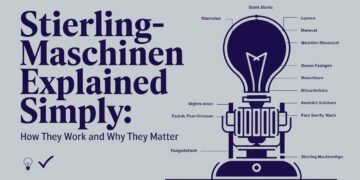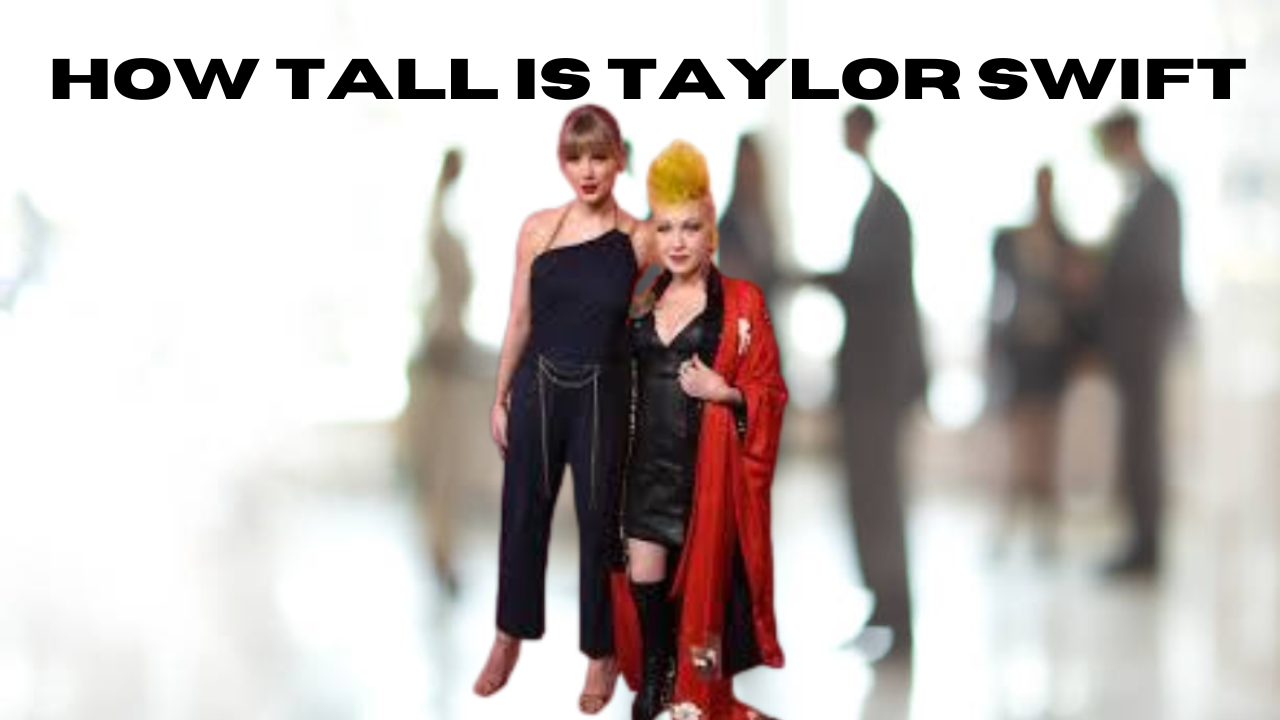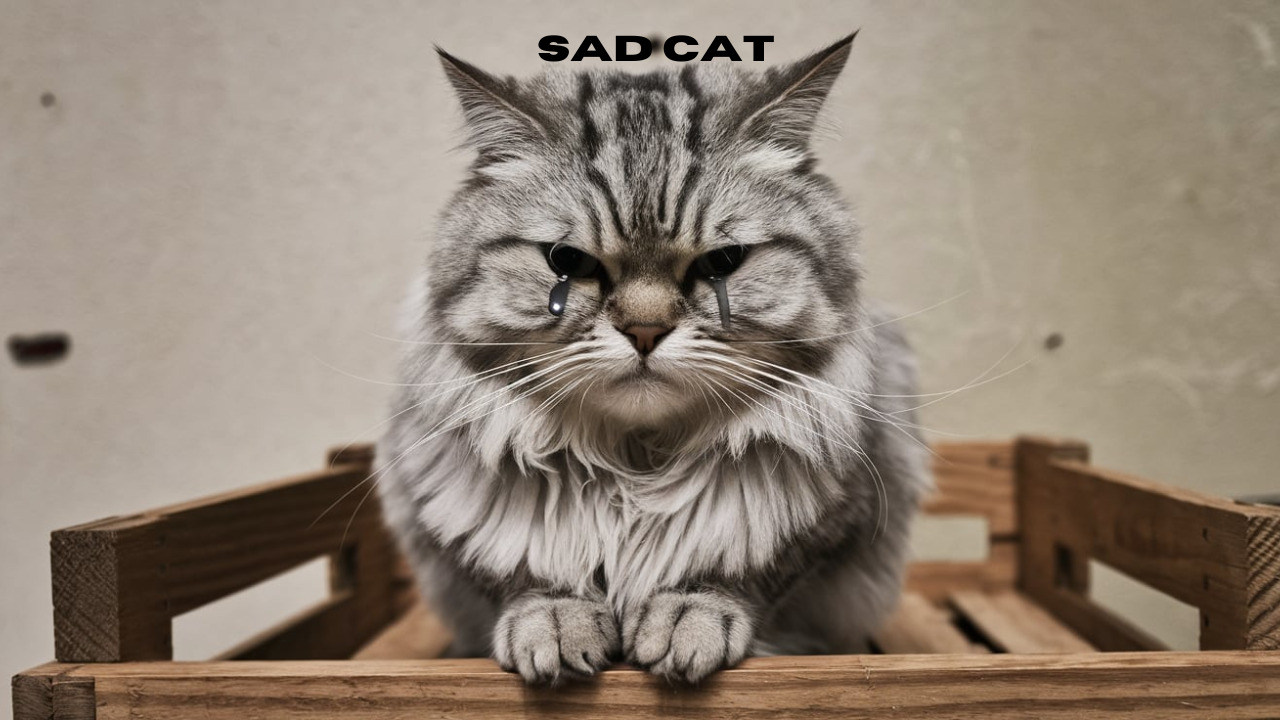The term sad cat has gained significant attention across different contexts. From humorous internet memes to genuine concerns about feline behavior, this term encompasses a variety of meanings. Whether a digital representation of melancholic humor or a real-life expression of feline emotions, the sad cat captures a universal feeling that resonates with humans and pet lovers alike. In this article, we will explore the multifaceted world of sad cat, examining their cultural impact, behavioral significance, and ways to address sadness in our feline companions.
The Internet Meme: A Humorous Take on Sadness
One of the most prominent representations of a sad cat comes from internet culture. These memes typically depict cats with large, expressive eyes and captions that convey feelings of sadness, loneliness, or existential dread. Often exaggerated for comedic effect, these images serve as a form of relatable humor.
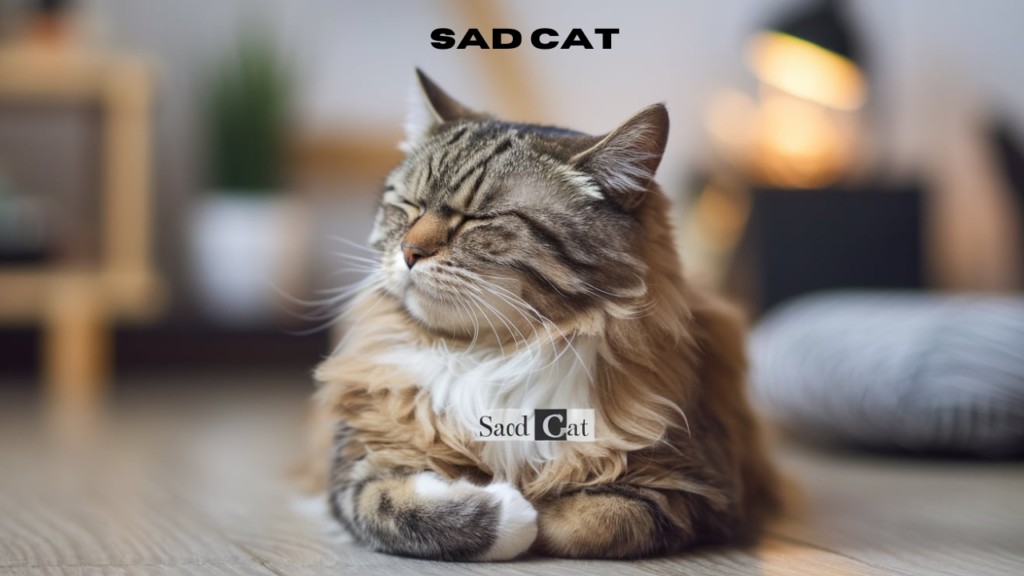
Why Are Sad Cat Memes So Popular?
- Relatability: The emotional expressions of cats are easily anthropomorphized, making them perfect for conveying human feelings.
- Visual Appeal: Cats’ naturally large eyes and soft features amplify the perception of sadness, creating a compelling image.
- Social Connection: Sharing and creating these memes fosters a sense of community among people who find comfort in humor, even when it’s tinged with melancholy.
While these memes are entertaining, they’ve also sparked discussions about understanding and respecting the emotions of real cats.
Understanding Sadness in Cats
In a behavioral context, the term sad cat refers to felines exhibiting unhappiness or emotional distress. Cats, like humans, are capable of experiencing a range of emotions. Recognizing and addressing their sadness is crucial for their well-being.
Signs of a Sad Cat
- Decreased Appetite: A noticeable drop in food intake can indicate stress or sadness.
- Lethargy: Reduced energy levels and reluctance to engage in play are common indicators.
- Hiding: Cats often retreat to secluded areas when they feel emotionally or physically unwell.
- Excessive Grooming: Over-grooming can be a self-soothing behavior linked to anxiety.
- Increased Vocalization: Persistent meowing or crying may signal distress.
Causes of Feline Sadness
- Environmental Changes: Moving to a new home, rearranging furniture, or introducing new pets can disrupt a cat’s sense of stability.
- Lack of Social Interaction: Cats are social creatures; neglect or loneliness can lead to emotional withdrawal.
- Health Issues: Pain or illness often manifests as behavioral changes, including signs of sadness.
- Grief: Cats form strong bonds with their owners and other pets. The loss of a companion can profoundly affect them.
How to Help a Sad Cat
Caring for a sad cat requires understanding, patience, and proactive measures. Here are some ways to address their emotional and physical needs:
- Ensure Routine and Stability: Cats thrive on consistency. Keeping their environment predictable helps reduce stress.
- Provide Enrichment: Interactive toys, scratching posts, and climbing structures stimulate their minds and bodies.
- Spend Quality Time: Regular play sessions and affection strengthen your bond and improve your mood.
- Consult a Veterinarian: A medical evaluation can rule out underlying health issues if sadness persists.
- Consider Companion Pets: Introducing a new feline friend may alleviate loneliness for sociable cats.
The Artistic and Musical Side of Sad Cat
Beyond memes and behavioral discussions, sad cat has inspired creative works, including music. For instance, the song “Sad Cat” by Mrs. Merlin explores themes of longing and introspection, using the metaphor of a melancholic feline to convey deeper human emotions. This artistic representation highlights how cats’ perceived sadness can resonate across different mediums.
Why the Sad Cat Matters
The concept of the sad cat goes beyond entertainment or humor; it opens a window into understanding emotions—both ours and those of our pets. By acknowledging the sadness in cats, whether real or imagined, we foster empathy and compassion for animals, ourselves, and others. The sad cat serves as a poignant reminder of the shared emotional experiences that connect all living beings.
Also read: Sad Emoji: Exploring Its Meaning and Usage
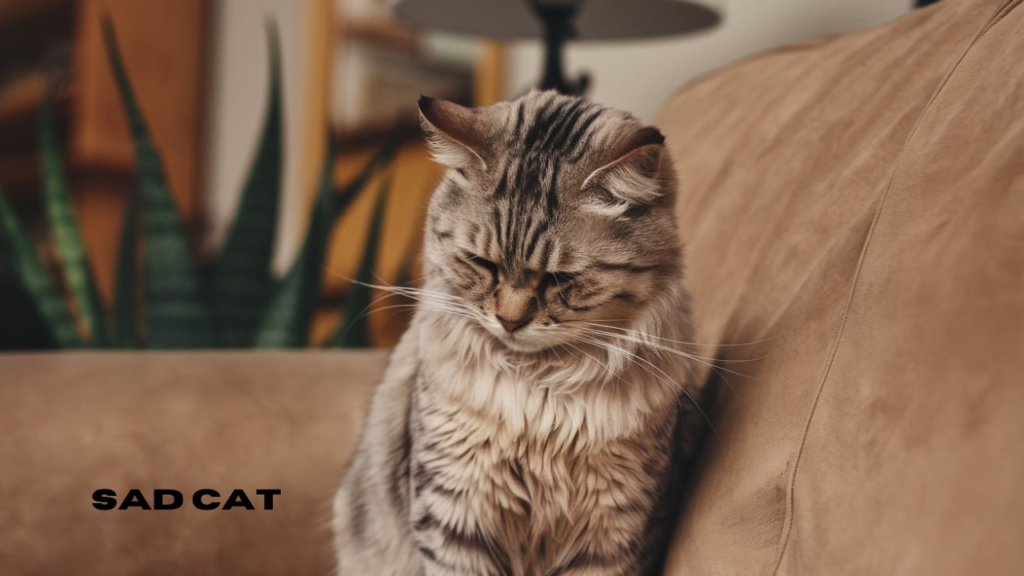
Climax
The term sad cat encapsulates many interpretations, from the lighthearted and meme-worthy to the serious and heartfelt. Whether it’s a digital icon of humor or a real-life expression of feline emotions, the sad cat continues to capture the hearts of many. By understanding its meanings and taking steps to care for our feline companions, we ensure that every sad cat can return to happiness.






